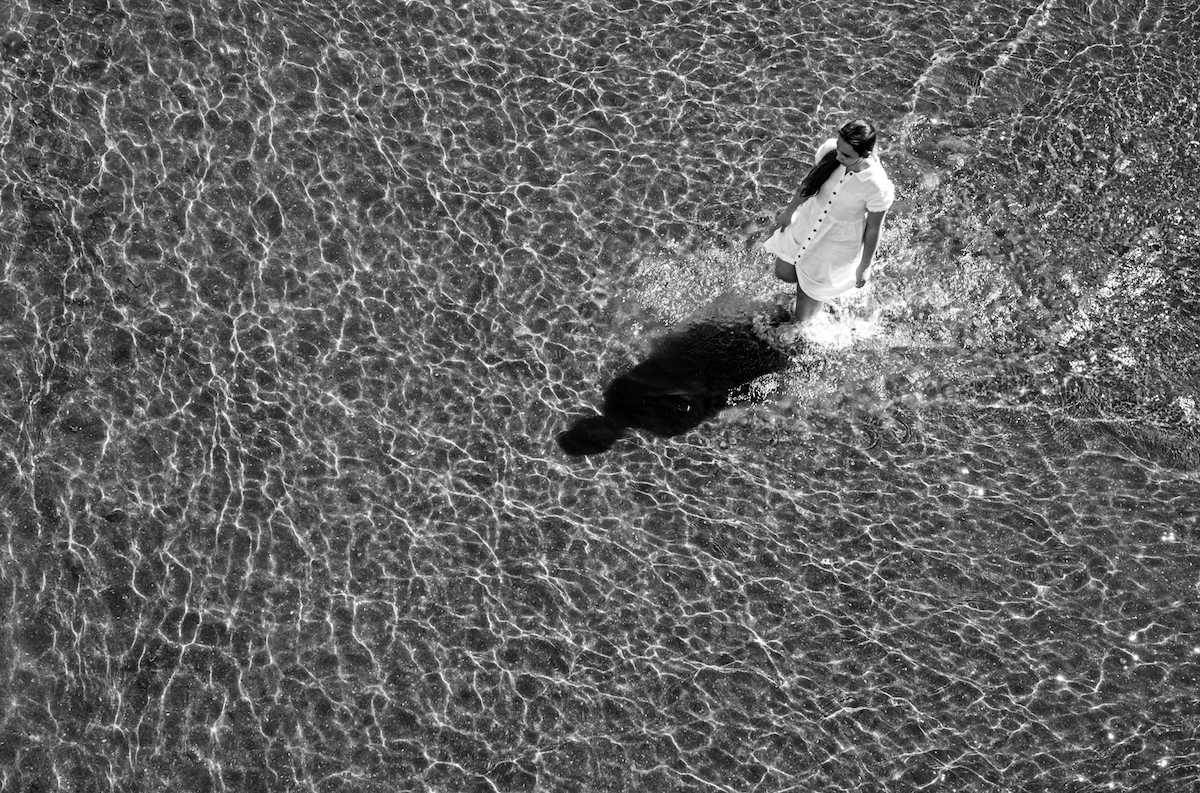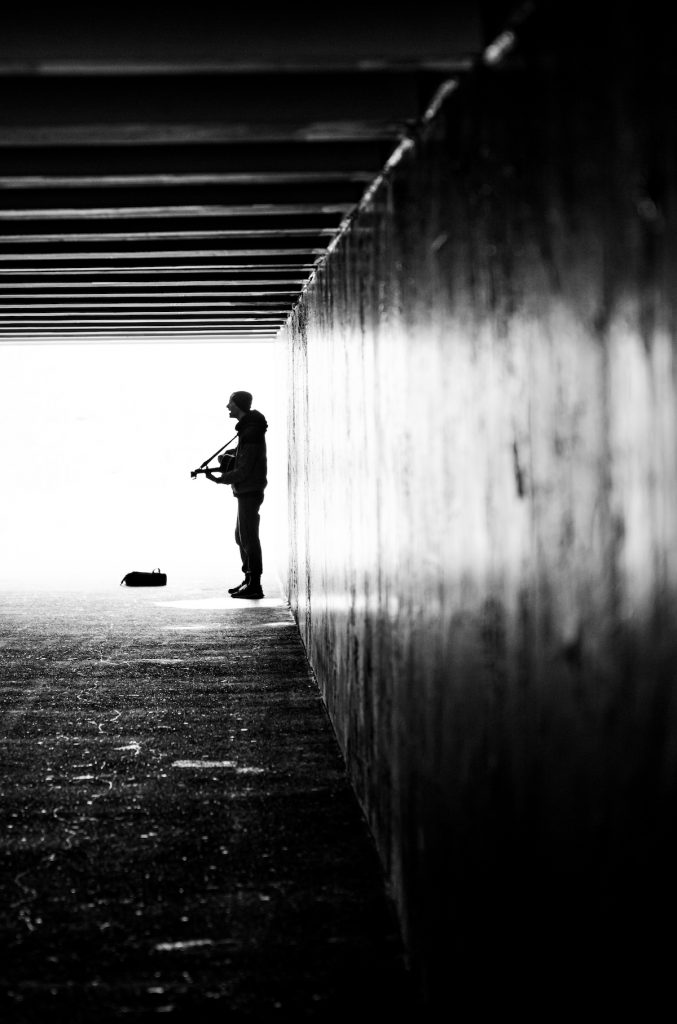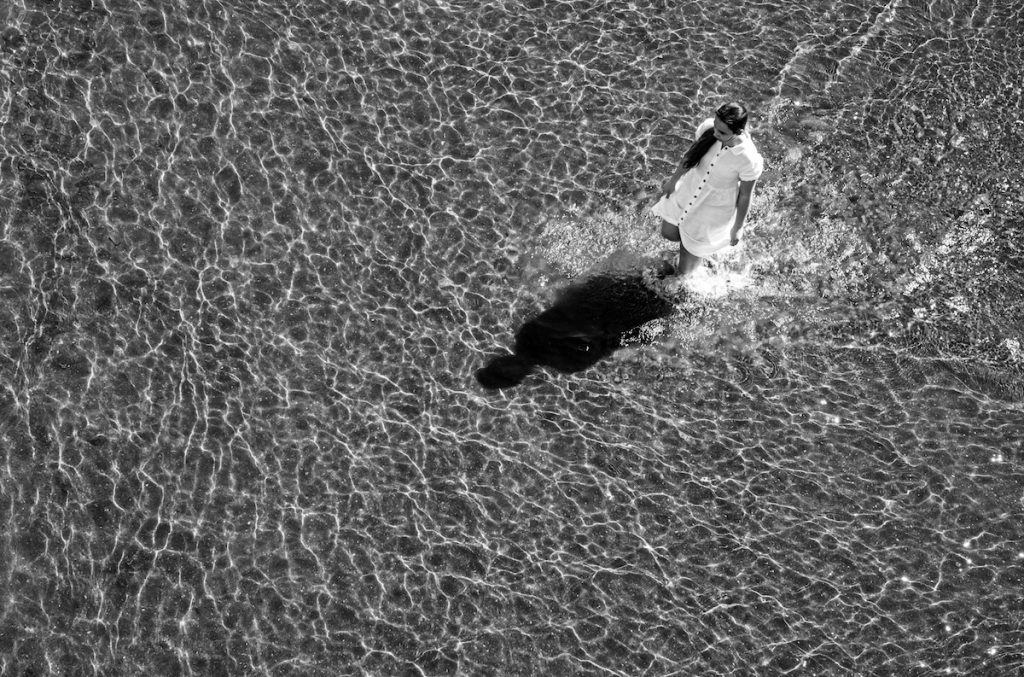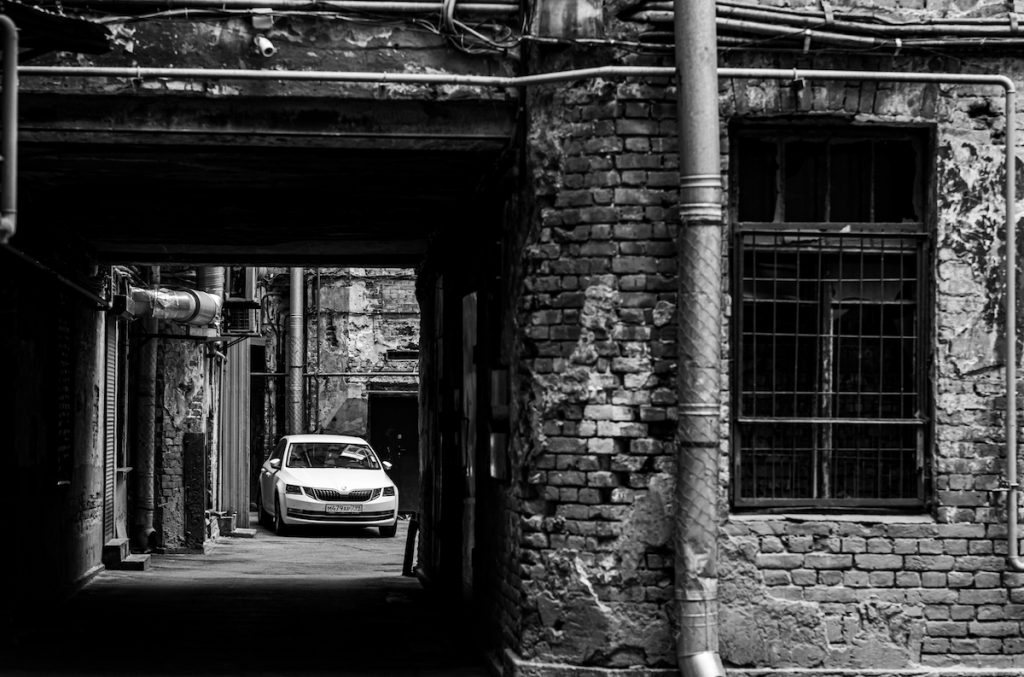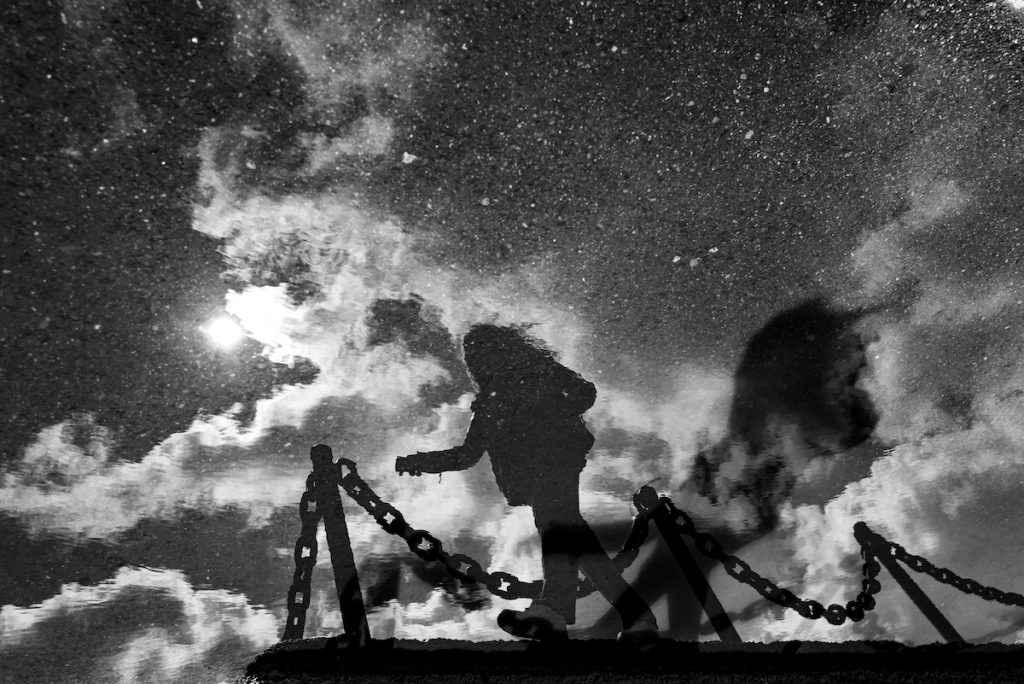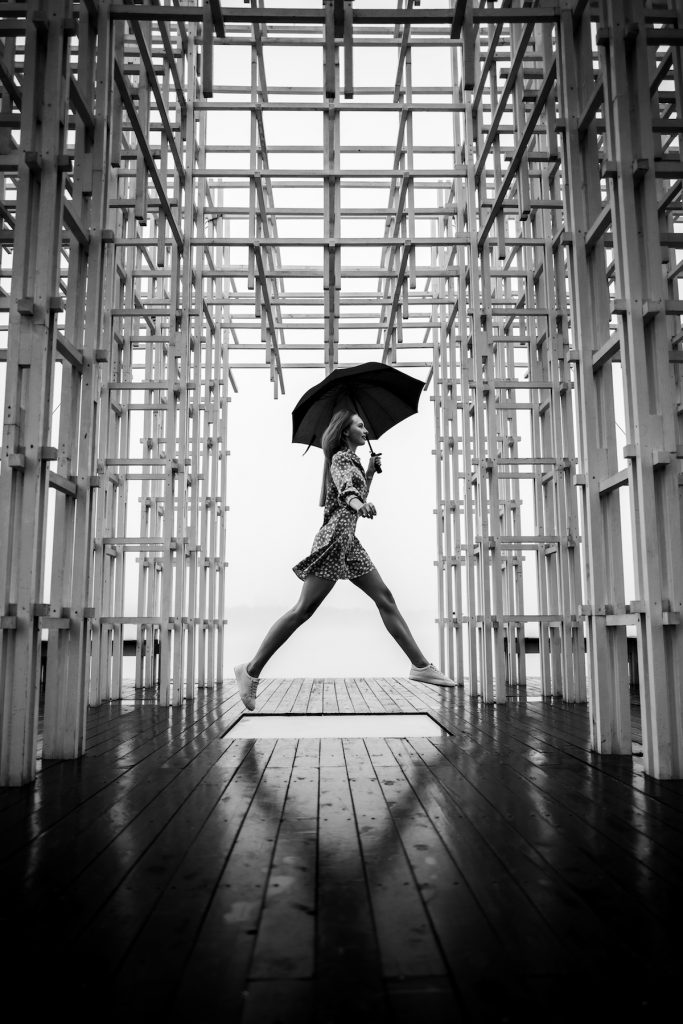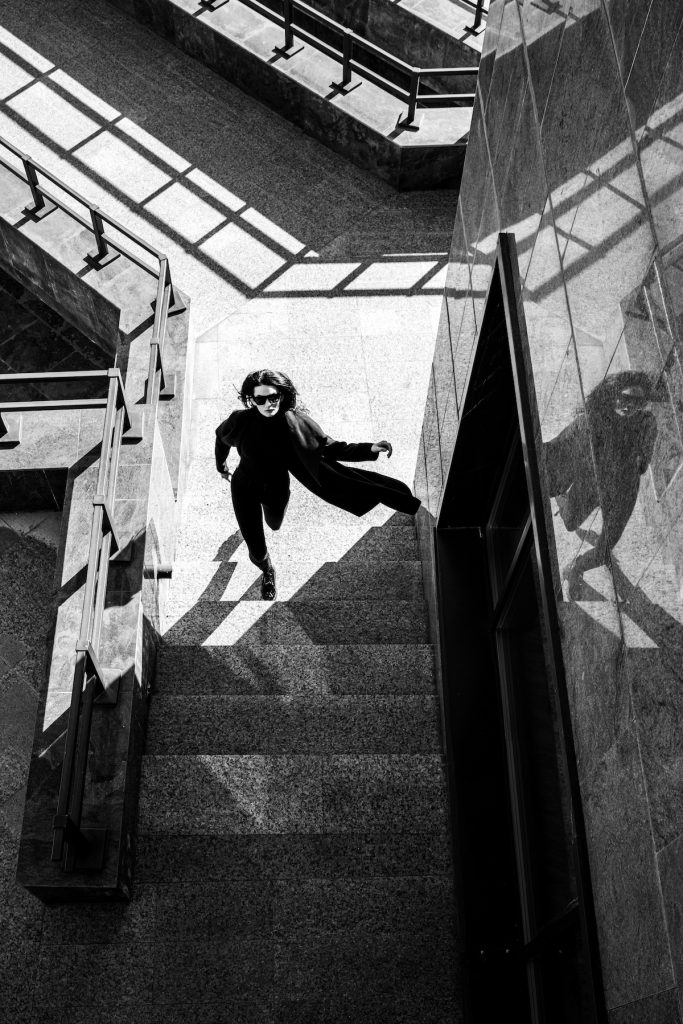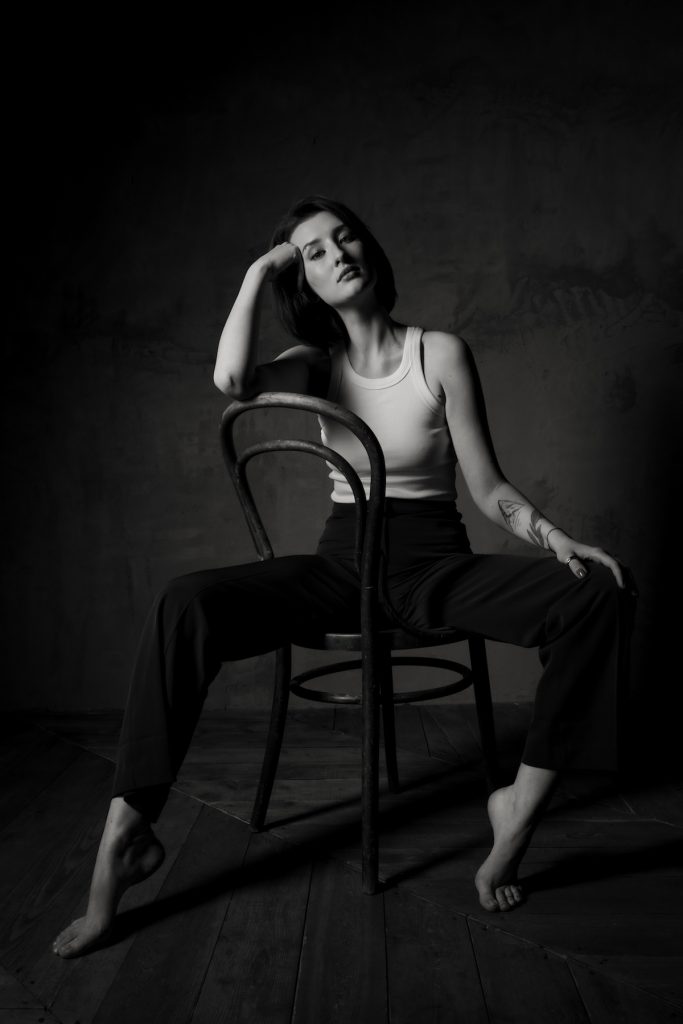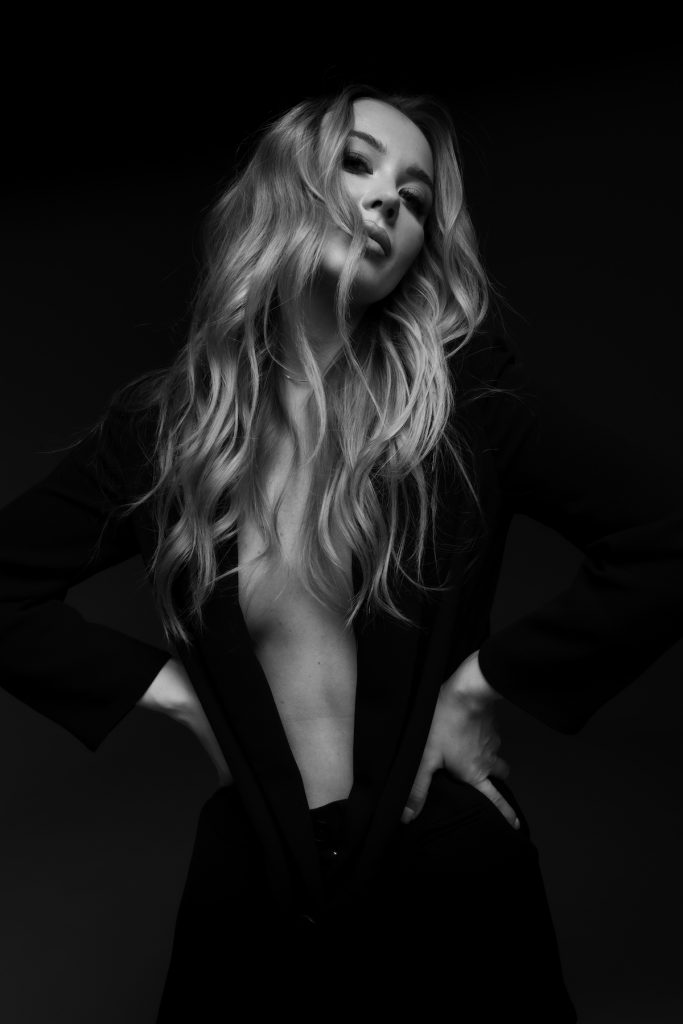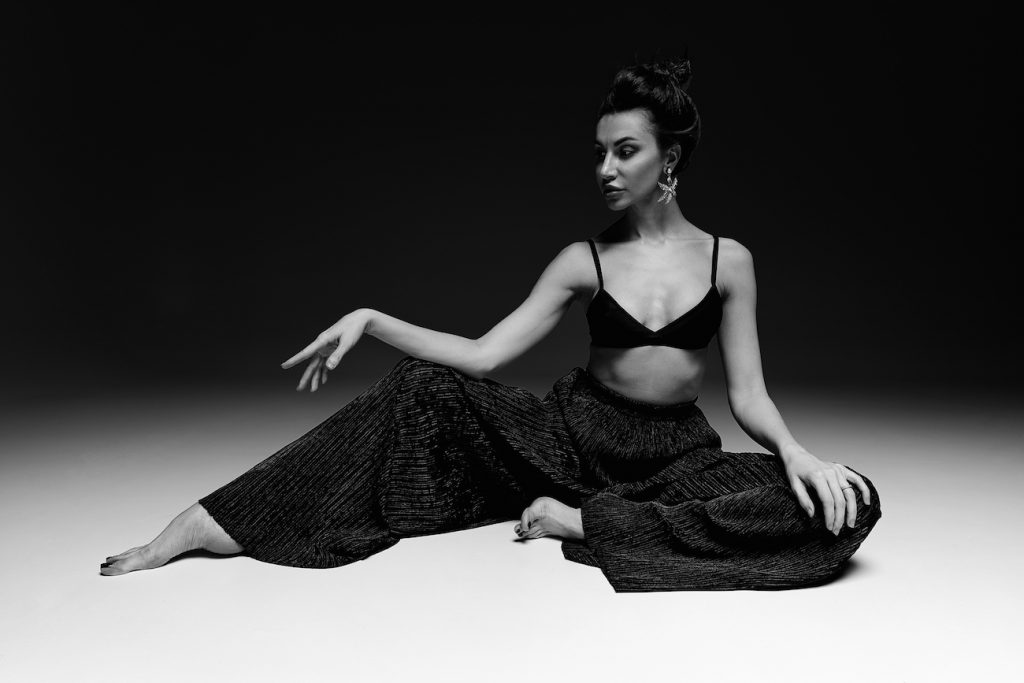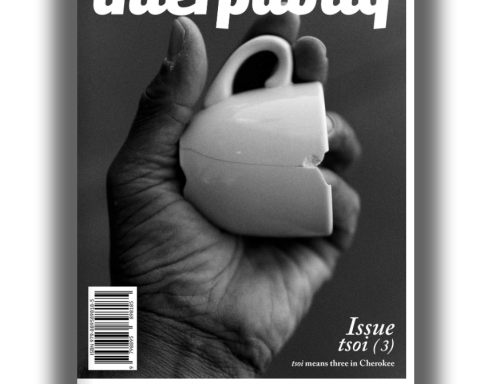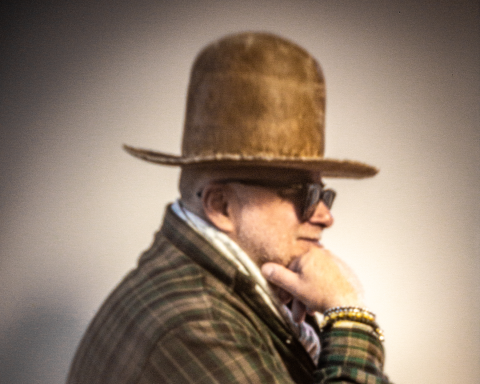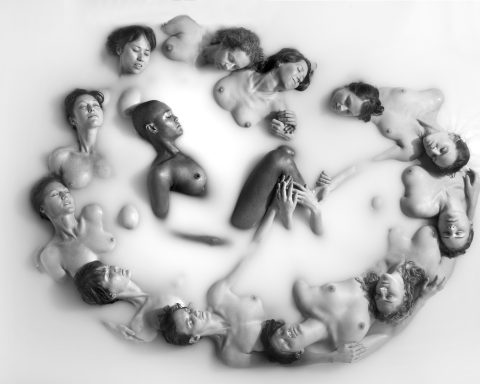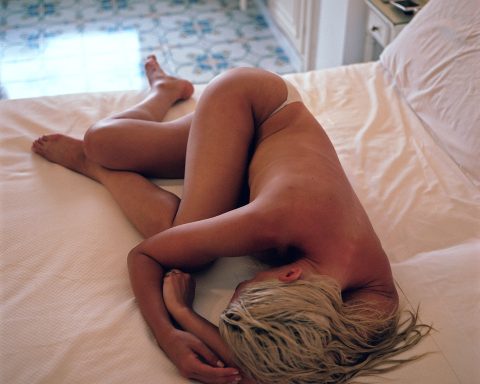Serge Smelyan
When was your first picture taken?
The first picture was taken in 1994/1995, when I was 11/12 years old. It was a kind of reportage of the funeral.
How do you put the person, place, or thing in front of the camera onto film, chip, or paper the way you want it to?
In a reportage shooting, a person finds his own place in the frame, the task is to catch this moment.
What photographers have influenced you, and how have they influenced the way you approach your subject?
Some of them:
Robert Doisneau
Robert Capa
Henri Cartier-Bresson
Martin Parr
Sebastiao Ribeiro Salgado
The main thing is to be able to observe the terrain, study people’s behavior, have patience and anticipate how the situation will develop.
What exactly do you want to say with your photos, and how do you make your photos do that?
As a rule, I don’t comment on my photos unless special circumstances require it. I let the photos speak for themselves. I like that every viewer sees something different in them, invents a story himself.
What photographic gears do you use to stay focused on what you do best when shooting?
I use Leica cameras (Leica M10-R, Leica M-A, Leica Q2), at least one of them is always with me. This is what allows me to be in the right place at the right time and take a picture.
Any technology/software/hardware?
Adobe Lightroom, Capture One/Leica/Manfrotto
What motivates you to continue taking pictures? Is it political, intellectual or emotional?
I take pictures in my heart. I’m not propagandizing anything, I’m just showing a piece of the world with my own eyes. I am glad that people like my photos and they leave a mark in their hearts.


